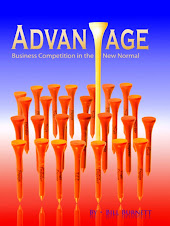Howie Leadership
I gave a talk recently to a room full of soon-to-graduate MBA students. We discussed the choice between behaving as a manager or being a leader.
If you want to improve from acting like a manager to becoming a leader, then here is the instant formula: Every utterance from your mouth is a question containing “how” and “we”. Before you speak a sentence out-loud, say it in your brain first. The reason you want to do this is because a leader listen first, thinks second, and speaks third. Every sentence you utter, first in your brain and then out-loud, will be a question containing the word “how” and either the word “let’s” or the word “we”.
| The Howie Leader | The Manager |
| How can we get back on track? | This was your responsibility, why is it late? |
| Let’s figure this out, how can we prevent this from happening again? | Why didn’t you bring this problem to me earlier when I could have fixed it? |
| How can we find out what the customer really wants? | What do you think the customer wants? |
| How can we make sure that we are on the same page for what needs to be done and in what order? | I don’t care what anyone else said, it’s you’re job to get the priorities right. Do I have to hold your hand through every decision? |
| How could we anticipate what the competition will do after we launch our new line? | Tell me what you think the competition is likely to do after we launch? |
Can you ask a Howie-like question and still behave like a manager? Sure! The clever manager might ask “How can we determine why you’re such an idiot?” But, while he’s being clever, he still just a manager.
Leadership is a choice, make the choice.







